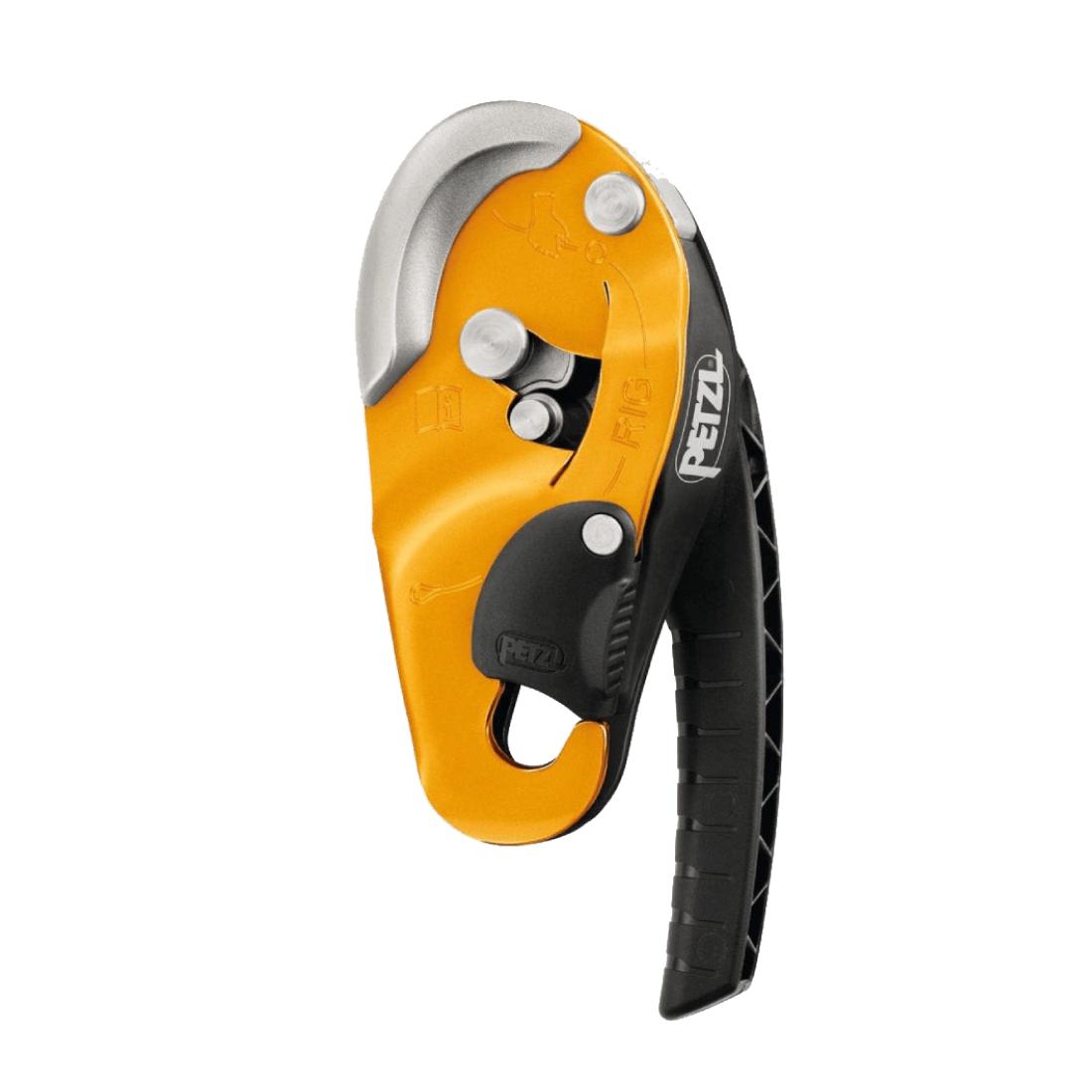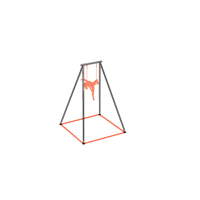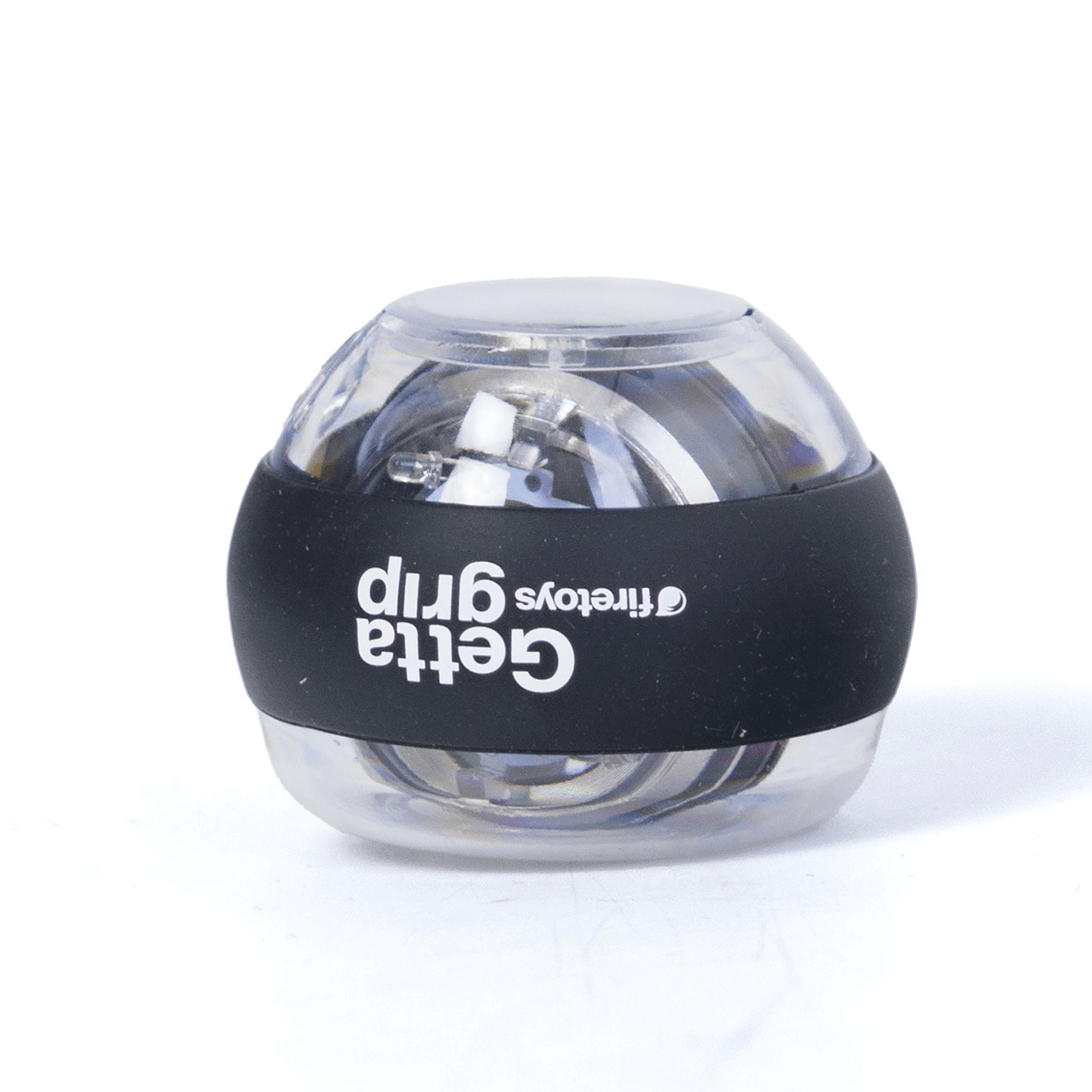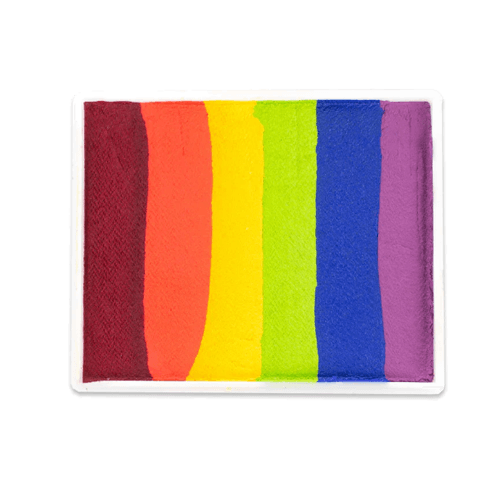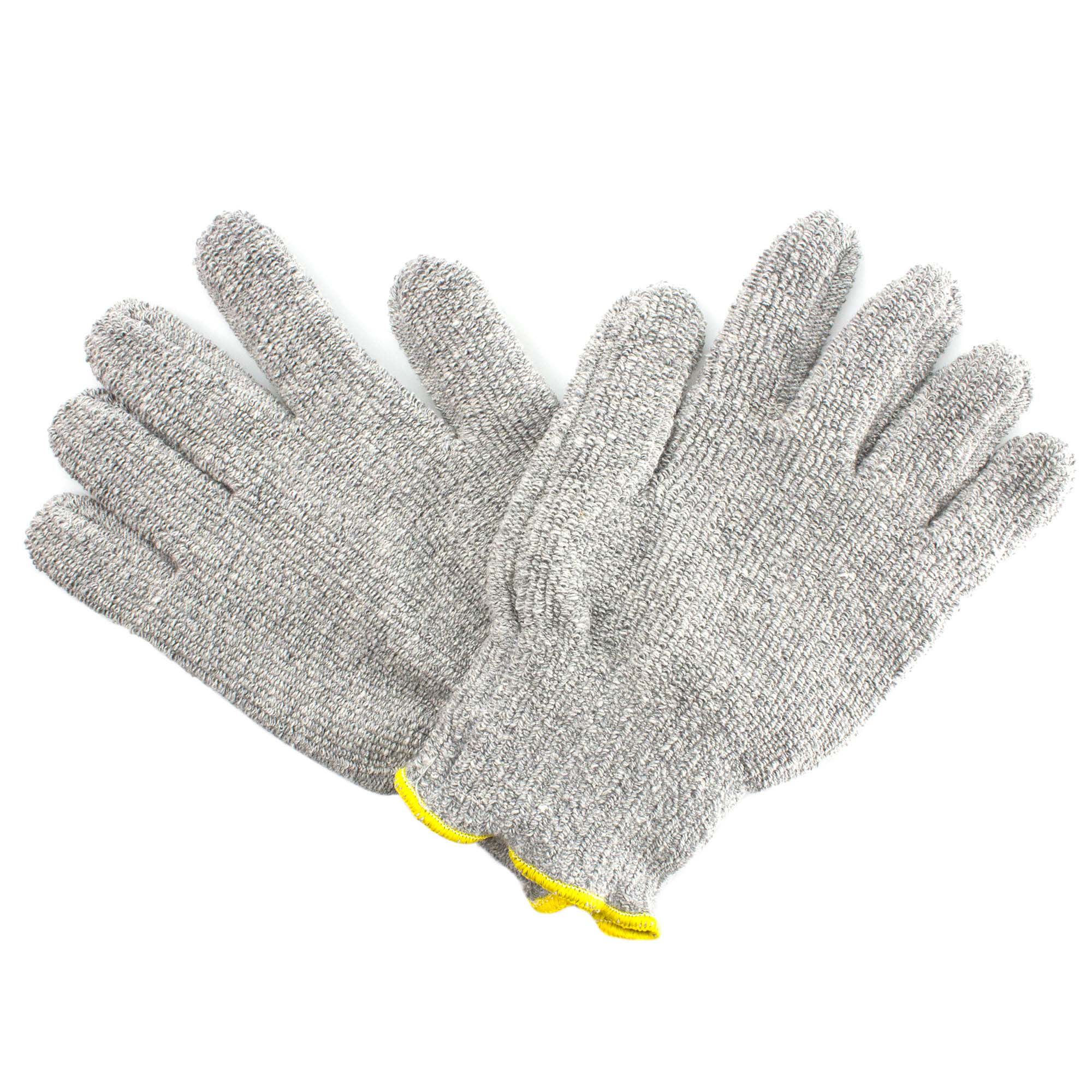Fire Safety Information
Fire performance is considered a high-risk activity, and users must fully understand the risks and accept all responsibility.
Fire performance should only be practiced by those competent with the relevant props. Only persons over the age of 18 should use fire props.
A risk assessment must be undertaken before every performance, and a competent fire safety officer with a clear view of the performance area and audience should be appointed.
Firetoys Ltd accepts no responsibility for any damage to property, injury to persons, or death caused by fire performance equipment or by practicing or performing with fire props.
The following safety advice is intended as a guide only. Professional tuition and supervision are recommended for all levels.
Before Spinning Fire
- Practice with your prop unlit and in the daylight until you’ve gained a high level of competence before considering your first burn.
- Check all your props before EVERY use. Check loose or worn parts and damage to the props. If in doubt, NEVER USE THE PROP! Fire props are submitted to an aggressive environment, which will degrade them rapidly. Although the materials used will minimise degradation, individual styles and performances will impact the lifespan of a particular prop. The user is responsible for ensuring the props are still suitable for use.
- BE SOBER! You should never use fire props under the influence of alcohol, drugs or medication. Treat fire manipulation like driving a car: if your mental state makes you unsuitable for driving you shouldn’t be fire spinning.
Fuel
- The recommended fuel in the UK is standard liquid paraffin. Note we cannot accept responsibility for the choice of fuel used, and you should always test the fuels in a safe and controlled environment before using them for performance or practice.
- Please read the labels on all fuels used and respect the warnings.
- Fire performers around the world use many fuels. Inconveniently, the same fuels go by different names in different countries, and different fuels can go by the same name.
- Because of this Firetoys LTD cannot recommend any fuel outside of the UK, and the user must take responsibility for their fuel choice and consequences caused.
- NEVER USE PETROL, GASOLINE or DIESEL.
- These fuels have low flash points, burn at very high temperatures and are explosive, opposite to the properties required for fire performance. The vapour from an empty one-gallon container of petroleum-based fuel can explode with the force of dynamite! On still days these vapours can disperse slowly and will remain explosive sometime after the liquid fuel has been removed from the area.
- Never burn a fuel you are unsure about. - Ask your supplier for the manufacturer’s safety data sheet (MSDS) for the fuel in question.
- Please note, fuel will damage silicone so you will need to be careful when using fire props with silicone handles and parts.
Preparing to Spin
- Never spin fire alone, even if you are an experienced fire spinner.
- Pick a good spot. Perform a risk assessment of your location to determine if it’s a good place to spin fire or not. Don’t spin fire too close to buildings or trees, make sure there are no flammable materials, and make sure the ground is solid and not slippery. Try to spin on level ground. Ensure you’re permitted to use fire – some parks do not allow fire spinning. Never spin fire on heathland, in forests or on moorland. Never use fire indoors.
- Be aware of the weather: never spin in windy conditions – if in doubt, don’t spin fire. Be aware of ice or puddles, and if it’s hot, make sure there isn’t any dry grass, leaves or anything else that will ignite close by.
- Keep your refuelling area well away from your performance area and extinguishing area. Fuel should not be left in open containers – it should be returned to a sealed jerry can while you are spinning.
- Your dipping pot should be metal and not plastic or glass.
- Ensure you have safety equipment like fire blankets, a bucket of sand, a thick damp towel and a fire extinguisher. Ensure you have an extinguisher suitable for liquid fires – CO2 or foam extinguishers are best. Water fire extinguishers are NOT suitable for liquid-based fires. Make sure you and your safety officer know how to use your fire extinguisher and the relevant safety considerations involved.
- You must have basic first aid for burns (burn gel, burn spray) to hand, and your safety officer should know where they are and how to use them.
- Excess fuel on your props should be removed, ideally by squeezing it off into your dipping pot with thick, non-absorbent gloves. You can “spin” fuel off by spinning unlit props quickly but this isn’t good for the environment and you should make sure you don’t spray people or objects that can act as a wick with the excess fuel. Failure to remove excess fuel can result in drops of burning fuel flying off your props – this is extremely dangerous.
- Wear thick, fire-resistant clothing such as cotton or denim. Do not wear synthetic clothing; it will ignite easily, burn quickly and melt before sticking to the skin. Avoid baggy clothing.
- Tie up long hair and protect with a thick hat made from non-synthetic material. Dampening your hair can work well too. Avoid using flammable hair products before you spin fire.
Fuelling Props
- Half fill a suitably sized metal container with the recommended fuel and submerge a wick until no more bubbles surface
- Remove excess fuel according to our detailed safety instructions.
- Repeat with the other wick (if relevant).
- Seal your fuel container or pour any remaining fuel back into the original container.
While Spinning
- Light props away from your body and face and any observers.
- Only use tricks and moves you are comfortable doing. Fire spinning is not the time to try new moves.
- Different props present different risks – be aware of them. Poi, for example, can wrap themselves around you and get tangled. Staffs don’t but are a danger to you and your audience if they slip from your grip while spinning.
- If you are lucky enough to have an audience, keep them at a safe distance. Keep your eyes on them and get your safety officer to do so. Do not let other people use your fire props.
- If you are performing at an official event or in a public place, you will need public liability insurance with additional heat/fire cover. You should follow all the terms and precautions in your policy. Failure to do so may invalidate your insurance. We advise all users to have proper insurance.
- FIRE BREATHING – is the most dangerous of fire arts. We strongly recommend you do NOT fire breathe or perform BODY BURNING.
After Spinning
- Extinguish your props by fully smothering the wicks with a thick damp towel or fire blanket. Start at the end of the wick closest to you so any remaining flames are pushed away from you.
- NEVER extinguish props in fuel or water.
- The wicks are manufactured from para-aramid fibres that are extremely resilient to heat and solvents. The wicks will not get damaged in normal use, however they may start to smoulder if left to extinguish on their own. It is best to extinguish wicks when the flames start to shrink down (when most of the fuel has been consumed).
- Let your props cool down before refuelling.
Storage
- Store props in a well-ventilated, non-living space – long term exposure to fuel fumes is hazardous to your health.
- Do not store props in direct sunlight or high-temperature environments.
- Keep fuel and props well out of reach of children and pets.
- Wick covers or socks can protect wicks and stop them from marking clothes and other objects.
- Ideally, fire props should be stored in a locked metal box – many insurance companies require this in their terms and conditions.























